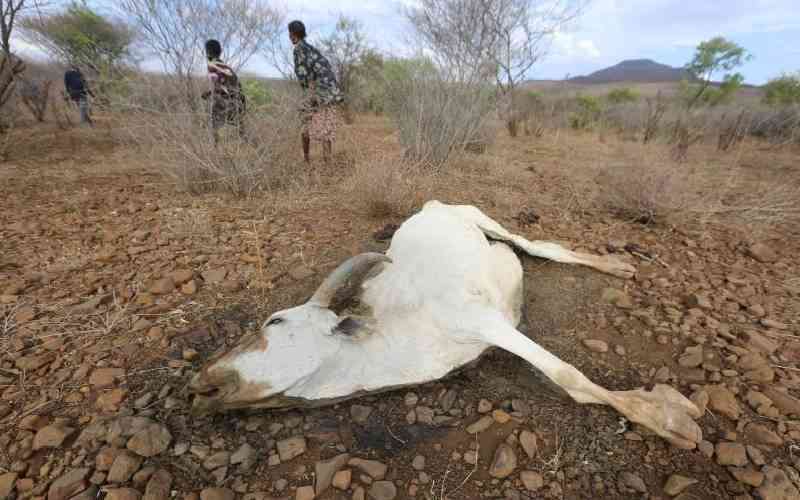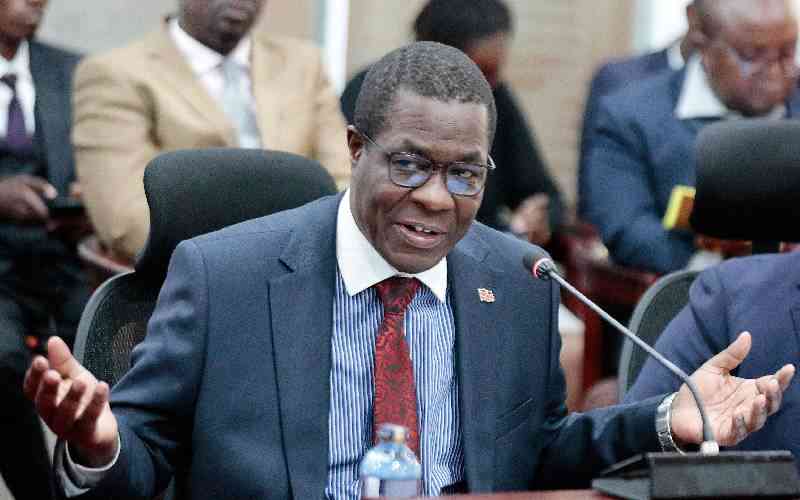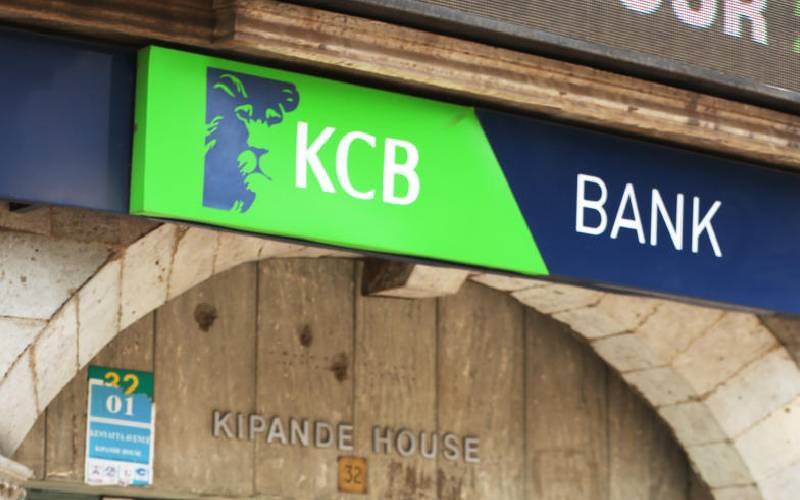×
The Standard e-Paper
Fearless, Trusted News

Apparel industry specialist Rajeev Arora, Chairperson Kenya Fashion Council Akinyi Odongo and Presidential Advisor on SMEs Anne Mutahi during the launch of the Fashion DNA Kenya Needs Analysis Report in Nairobi. [Jonah Onyango, Standard]
A new report has dissected Kenya’s fashion industry, citing challenges in pricing and costing of local products as one of the reasons foreign clothing brands are thriving in the country.







